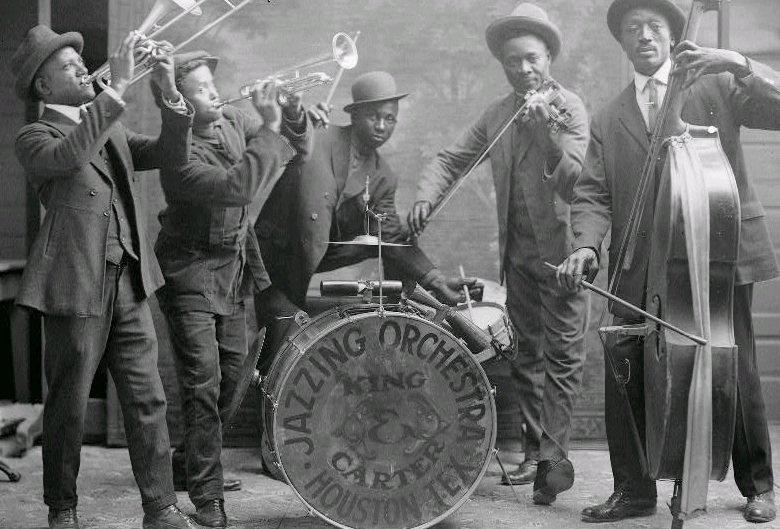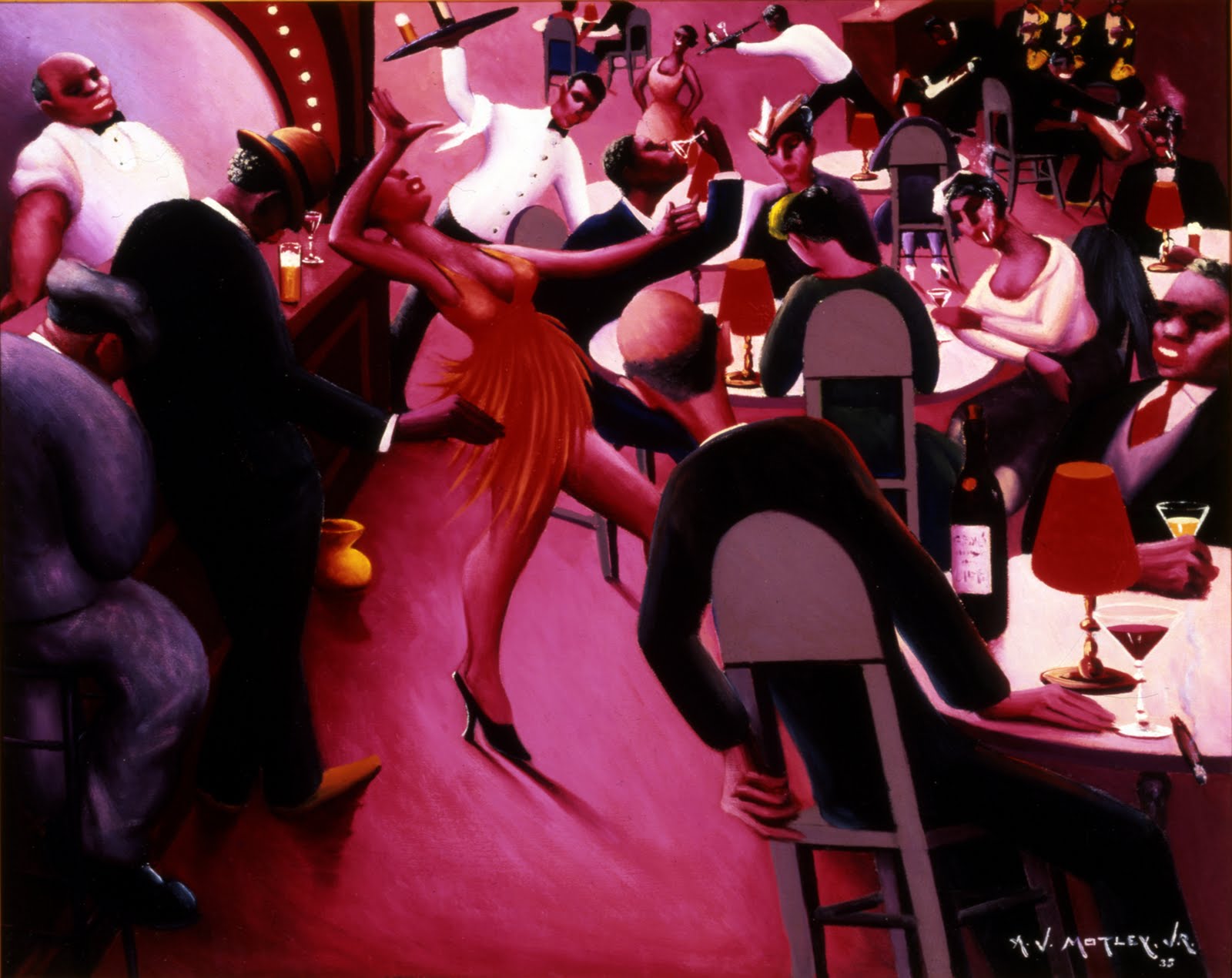cole phelps
Superstar
Films
In the 1920s, more film companies sprang up to exploit the black film audience. Royal Gardens Film Company of Chicago made only one race film. In 1922, Blackburn Velde Productions also made just one film, a vehicle for boxer/actor Jack Johnson. In Kansas City, Missouri there were several black-owned film companies: The Andlauer Film Company, Progress Picture Producing Association, Gate City Feature Films and Turpin Films. In 1926, the Colored Players Film Corporation was founded by white producer David Starkman. The Original Lafayette Players was the first major professional black drama company in the country, founded back in 1915, but they didn’t get into film until 1928. From 1929 to 1930, Monte Brice Productions existed as a vehicle for the black duo Buck & Bubbles. In 1929, The Christie Film Country began making all-black talkies. In 1929, Fox made Hearts in Dixie.
Race movies of the '20s include The Brute, In the Depths of Our Hearts, The Symbol of the Unconquered and Within Our Gates (all 1920), As the World Rolls On, The Black Thunderbolt, By Right of Birth, The Burden of Race, The Call of His People, The Custard Nine, The Gunsaulus Mystery, The Lure of a Woman, Secret Sorrow, The Simp and The Sport of the Gods (all 1921), The Crimson Skull, The Dungeon, Easy Money, For His Mother’s Sake, The Hypocrite, Spitfire and Uncle Jasper's Will (all 1922), The Bull-Dogger, Deceit, Ghost of Tolston's Manor, Regeneration and The Virgin of Seminole (all 1923), Birthright, The Flaming Crisis and A Son of Satan (all 1924), Body and Soul and Marcus Garland (both 1925), The Conjure Woman, The Devil's Disciple, The Flying Ace, The Prince of His Race and Ten Nights in a Barroom (all 1926), The Broken Violin, The House Behind the Cedars, The Millionaire, The Scar of Shame, The Spider's Web and Uncle Tom’s Cabin (all 1927), Black Gold, Children of Fate, The Midnight Ace, Thirty Years Later and When Men Betray (all 1928), Black and Tan, Black Narcissus, Blue Songs, Brown Gravy, Election Day, Fowl Play, The Framing of the Shrew, Hallelujah!, Hearts in Dixie, In and Out, The Lady Fare, Melancholy Dame, Music Hath Harms, Oft in the Silly Night, St. Louis Blues and Wages of Sin (all 1929).
BLACK CINEMA OF THE '20s





Black actors who got their start in the 1920s include Allen 'Farina' Hoskins, Anita Bush, Bill "Bojangles" Robinson, Bill Pickett, Clarence Muse, Daniel L. Haynes, Ethel Waters, Eugene Jackson, Eva Jessye, Evelyn Ellis, Fredi Washington, Gertrude Howard, John Lester Johnson, Laura Bowman, Leigh Whipper, Lincoln "Stepin Fetchit" Perry, Lorenzo Tucker, Mamie Smith, Nelly “Madame Sul-Te-Wan” Conley, Matthew 'Stymie' Beard, Mildred Washington, Nina Mae McKinney, Paul Robeson, Pearl McCormack, Spencer Williams, Theresa Harris, Trixie Smith and Zack Williams.
In the 1920s, more film companies sprang up to exploit the black film audience. Royal Gardens Film Company of Chicago made only one race film. In 1922, Blackburn Velde Productions also made just one film, a vehicle for boxer/actor Jack Johnson. In Kansas City, Missouri there were several black-owned film companies: The Andlauer Film Company, Progress Picture Producing Association, Gate City Feature Films and Turpin Films. In 1926, the Colored Players Film Corporation was founded by white producer David Starkman. The Original Lafayette Players was the first major professional black drama company in the country, founded back in 1915, but they didn’t get into film until 1928. From 1929 to 1930, Monte Brice Productions existed as a vehicle for the black duo Buck & Bubbles. In 1929, The Christie Film Country began making all-black talkies. In 1929, Fox made Hearts in Dixie.
Race movies of the '20s include The Brute, In the Depths of Our Hearts, The Symbol of the Unconquered and Within Our Gates (all 1920), As the World Rolls On, The Black Thunderbolt, By Right of Birth, The Burden of Race, The Call of His People, The Custard Nine, The Gunsaulus Mystery, The Lure of a Woman, Secret Sorrow, The Simp and The Sport of the Gods (all 1921), The Crimson Skull, The Dungeon, Easy Money, For His Mother’s Sake, The Hypocrite, Spitfire and Uncle Jasper's Will (all 1922), The Bull-Dogger, Deceit, Ghost of Tolston's Manor, Regeneration and The Virgin of Seminole (all 1923), Birthright, The Flaming Crisis and A Son of Satan (all 1924), Body and Soul and Marcus Garland (both 1925), The Conjure Woman, The Devil's Disciple, The Flying Ace, The Prince of His Race and Ten Nights in a Barroom (all 1926), The Broken Violin, The House Behind the Cedars, The Millionaire, The Scar of Shame, The Spider's Web and Uncle Tom’s Cabin (all 1927), Black Gold, Children of Fate, The Midnight Ace, Thirty Years Later and When Men Betray (all 1928), Black and Tan, Black Narcissus, Blue Songs, Brown Gravy, Election Day, Fowl Play, The Framing of the Shrew, Hallelujah!, Hearts in Dixie, In and Out, The Lady Fare, Melancholy Dame, Music Hath Harms, Oft in the Silly Night, St. Louis Blues and Wages of Sin (all 1929).
BLACK CINEMA OF THE '20s




Black actors who got their start in the 1920s include Allen 'Farina' Hoskins, Anita Bush, Bill "Bojangles" Robinson, Bill Pickett, Clarence Muse, Daniel L. Haynes, Ethel Waters, Eugene Jackson, Eva Jessye, Evelyn Ellis, Fredi Washington, Gertrude Howard, John Lester Johnson, Laura Bowman, Leigh Whipper, Lincoln "Stepin Fetchit" Perry, Lorenzo Tucker, Mamie Smith, Nelly “Madame Sul-Te-Wan” Conley, Matthew 'Stymie' Beard, Mildred Washington, Nina Mae McKinney, Paul Robeson, Pearl McCormack, Spencer Williams, Theresa Harris, Trixie Smith and Zack Williams.



.jpg)





 Her hair tho...
Her hair tho...












